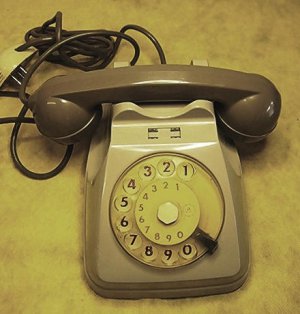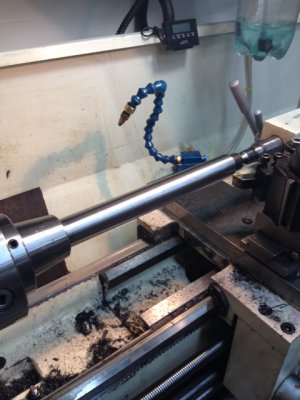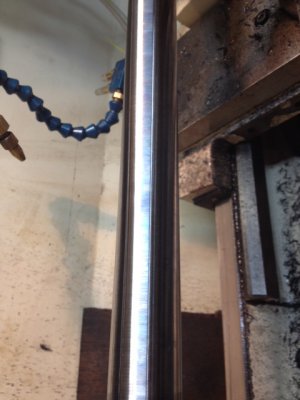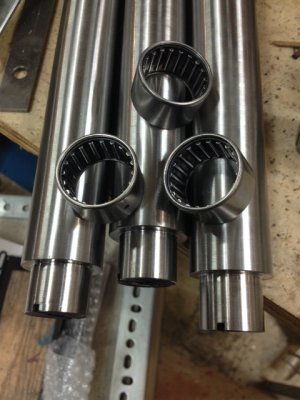A beautiful, cool day today -perfect for some shop work and heat treating...
Both ends of all rods were drilled 1.1" deep and tapped with a 5/16-18 thread. Slots were cut across the centers for a drive mechanism -which I haven't decided-upon yet. We'll start with a simple handle on one roller and if that's not enough traction, I'll add some gears to drive the bottom two.
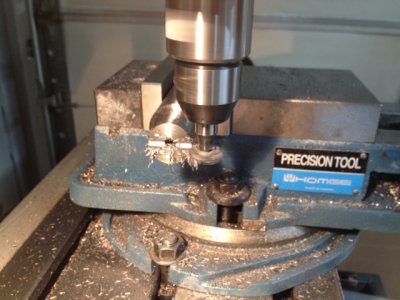
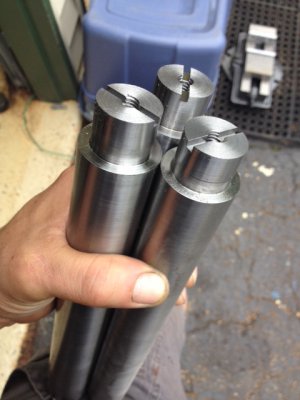
Next up is some heat treating. I've been using argon flooding to displace oxygen in addition to a few small pieces of cardboard to burn off. The argon is proving to be very effective because, the cardboard didn't seem to combust during the 1570F heat treat; rather, as soon as the door is opened when it's time to remove the pieces, oxygen hits the cardboard and it immediately bursts into flames. BTW, that's stainless steel safety wire pre-strung on the shafts for handling purposes. If you do something like this, do not use normal bailing wire (unless you want to pick a 1570 F hot object off the floor). Wire hangers are used because handling the shafts with tongs will damage the fragile hot surface.
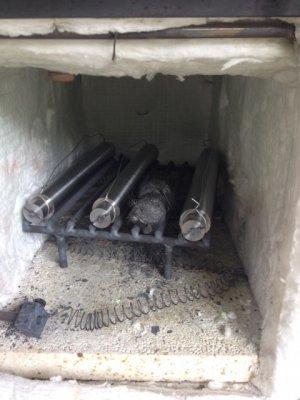
I've been experimenting with some quenching solutions and this quench went very well. Absolutely no boiling took place and hardly any fine bubbles at all... -just the sound of screaming metal. -It makes a screeching, screaming sound a few moments after it's dunked in. That sound, by the way, is from the rapidly contracting outer skin crushing down on the center which is so hot, it's technically a solution. It's this rapid compression that locks the molecular structure in place giving it hardness. Somewhere along the line, I read about the pressures taking place at that time -and the numbers (which I don't recall) were astronomical.
Very little decarburization which means the argon flood is doing it's job.
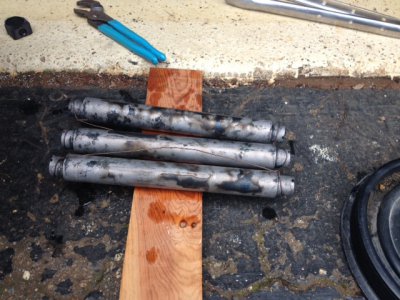
The pieces were tempered for an hour at 600F to bring them to about Rockwell C 50.
As soon as they cool down, I'll measure them, roll them on the granite and see how much distortion took place. The bearing shoulders are oversized now and I'll use ceramic inserts to bring them to size.
Ray




